Electric skateboards may encounter battery failure, sudden power outages, rapid discharge, or failure to charge and turn on, which will directly pose safety risks to riders. Therefore, it is necessary for riders to regularly check and maintain the battery, monitor battery health, know how to troubleshoot and take appropriate precautions. In this guide, we’ll look at common electric skateboard problems and show you how to fix them.
Electric Skateboard Won't Turn On
1. Check the battery connection: You should use the original charger to charge the skateboard for 30 minutes and try again.
Please turn it over and check the battery of your skateboard. Are they connected correctly to the rest of the circuit? The skateboard will react when powered.
2. Check the wires: If the battery is dead, it may be due to some wires being disconnected. Check all wires in the circuit, especially power connections and motor connections. These wires have become detached due to the bumps of a ride or rough cleaning. Disconnect and plug it back in to see if the slider responds.
Another thing to check is for any damaged wires. If they are damaged, replacing them will fix your electric skateboard in no time.
If you don't know how to replace the wire, please contact our after-sales service.
3. Check the charger: Make sure your charger is working properly. It is possible that the charger fails or the voltage does not match, causing the charging to fail.

4. Replace the batteries: If you have performed steps 1 to 3 and your skateboard is still unresponsive, then you can be sure that your batteries are dead and you must replace them. To find out the battery model, visit the manufacturer's website and look up the name and model number of your skateboard battery. If you have a warranty, then if this happens, contact Veymax after sales.
Why Do Fully Charged Batteries Die Quickly?
If your electric skateboard battery dies quickly after being fully charged, several factors may be causing the problem. Here are some troubleshooting steps for identifying and resolving the problem:
1. Check battery health: First, make sure your battery is in good condition. Lithium-ion batteries degrade over time, resulting in reduced capacity and runtime. If your battery is old or has been used frequently, it may need to be replaced.
2. Verify the charging process: Confirm that the battery charges normally when connected to the charger. Make sure the charger is compatible with the skateboard battery and provides the correct voltage and current. Check for any loose connections or damaged cables that may affect the charging process.
3. Check battery connections: Check the connections between the battery and the board’s electronics. Loose or corroded connections can cause voltage drops and reduce battery efficiency. Make sure all connections are tight and free of dirt or debris.

4. Rematch the remote control: Rematching the remote control can eliminate inaccurate readings.
5. Monitor riding conditions: If there is a sudden change in battery charge we can pay attention to factors such as terrain and temperature, which can affect battery performance. Adjust your riding style accordingly to maximize battery life.
6. After-sales support: If the problem persists after troubleshooting, please contact Veymax after-sales support or seek help from qualified technicians.
Electric Skateboard Won't Charge
If your electric skateboard battery suddenly stops charging, there may be several underlying issues causing the issue. Here are some troubleshooting steps to help diagnose and resolve the problem:
1. Check the power supply: Verify that the electrical outlet used to charge the skateboard is working properly. Try plugging in another device or charger to confirm the outlet is providing power.
2. Check the charger and cable: Check the charger and charging cable for any signs of damage, such as frayed wires, bent prongs, or loose connections. Make sure the charger is compatible with the skateboard battery and is plugged securely into an electrical outlet.
3. Test the charger output: Use a multimeter to test the charger’s output voltage. Compare the measured voltage to the specified output voltage marked on the charger. If the charger fails to provide the correct voltage, it may need to be replaced.
4. Check the charging port: Check the charging port on the skateboard for any debris, dirt, or damage that might prevent proper connection to the charger. Carefully clean the charging port using compressed air or a soft brush.
5. Try a different outlet and charger: Plug the charger into a different outlet and try charging the skateboard again. If possible, borrow or use a different charger to determine if the problem is with the charger itself or the board.

6. Check battery health: If none of the above steps resolve the issue, the battery itself may be faulty or damaged. Please contact the manufacturer's customer support for assistance as they may be able to further diagnose the problem and provide instructions for repairing or replacing the battery.
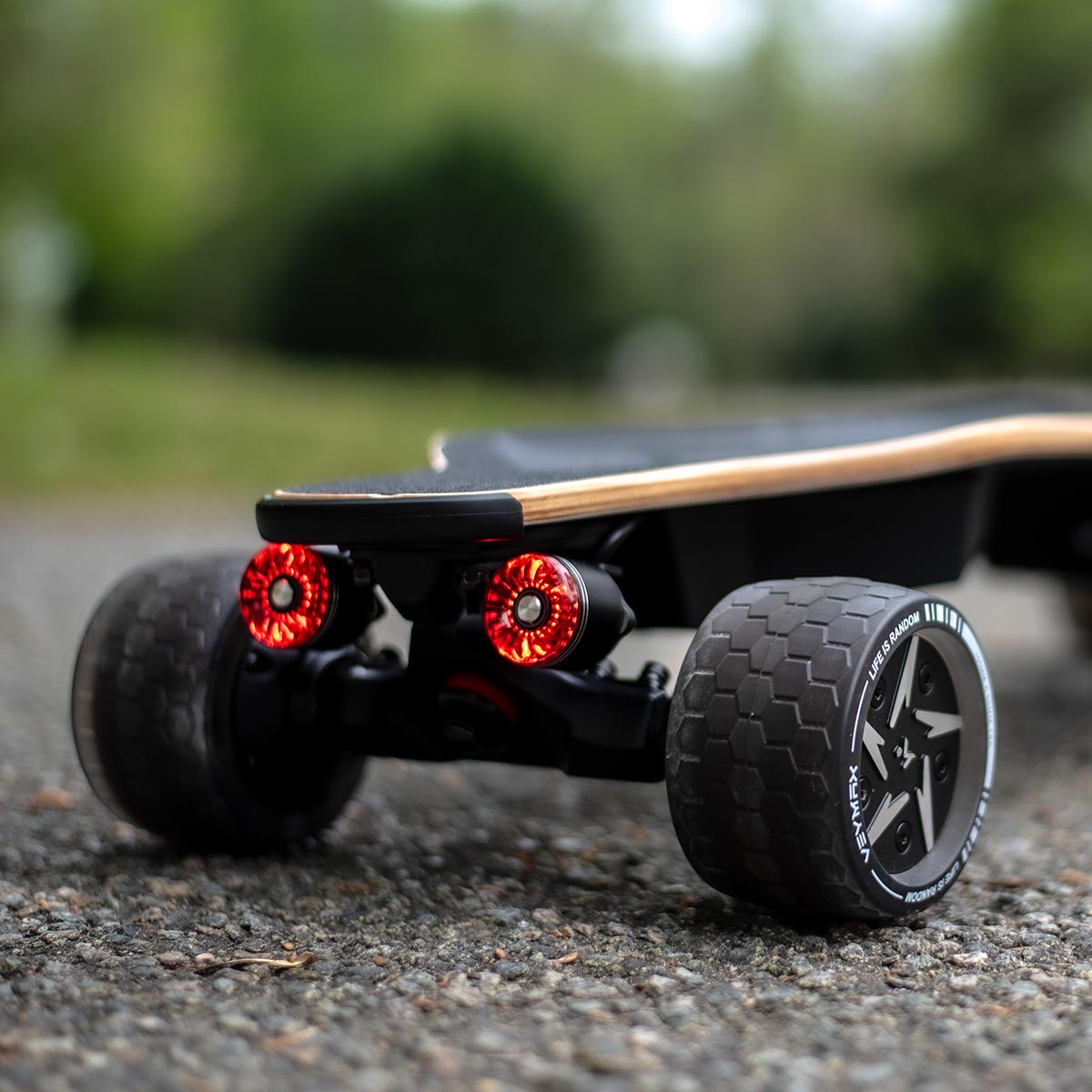
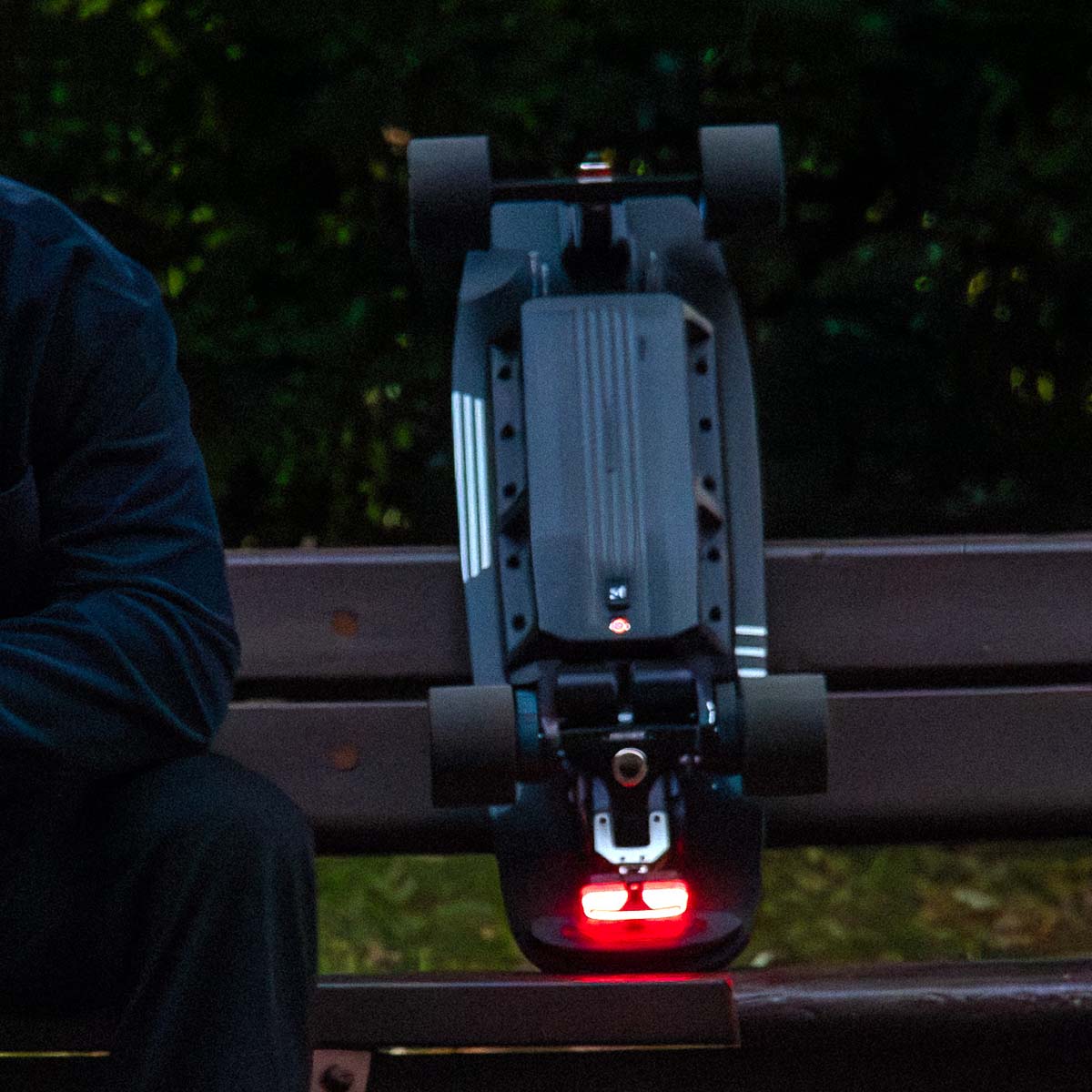
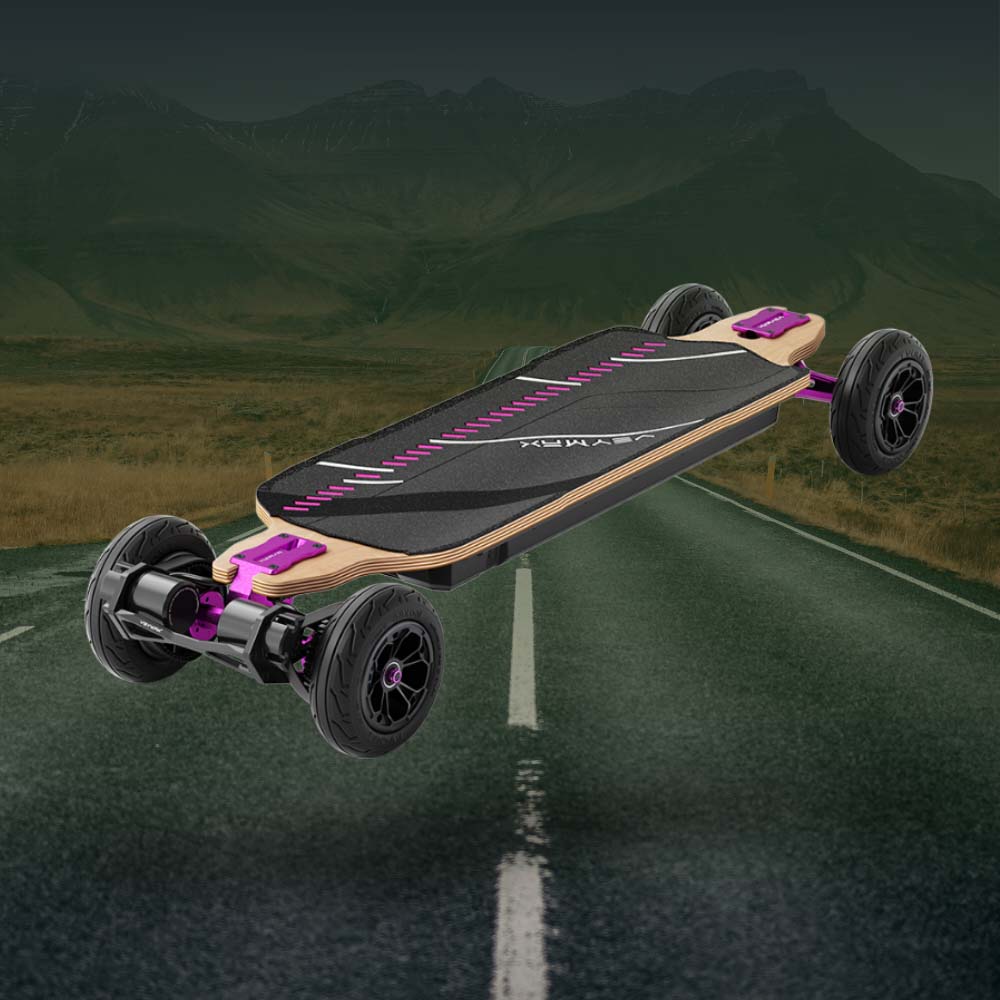
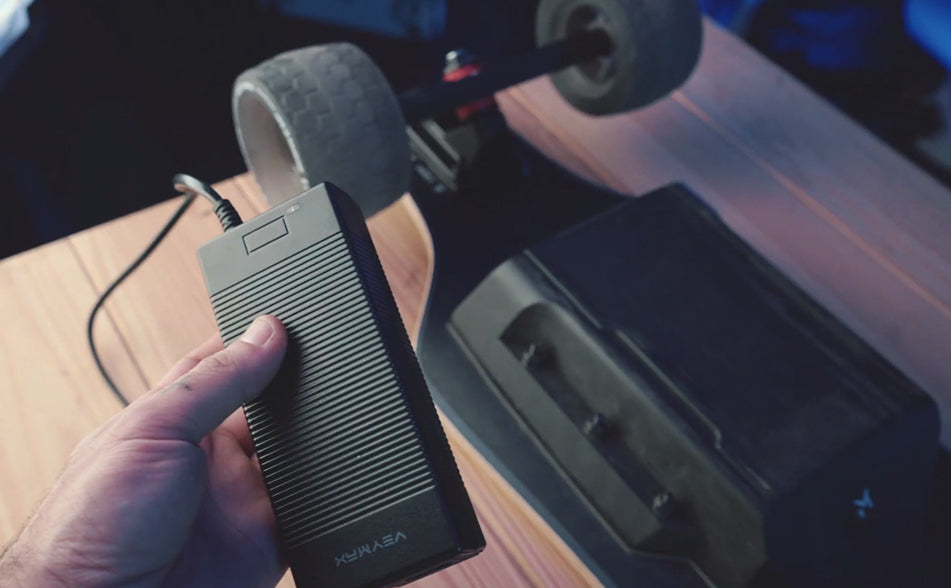
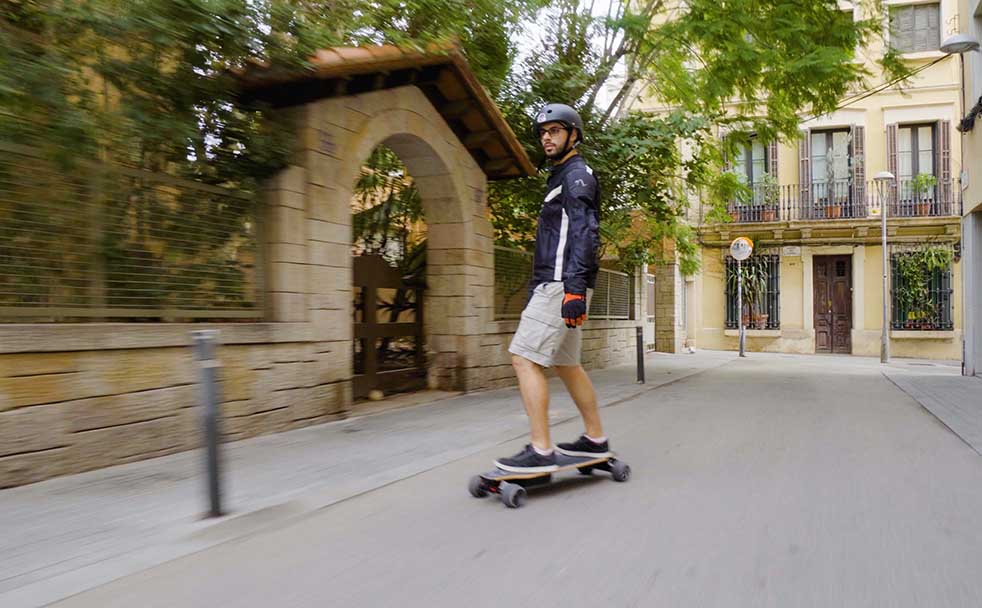
Leave a comment
This site is protected by hCaptcha and the hCaptcha Privacy Policy and Terms of Service apply.